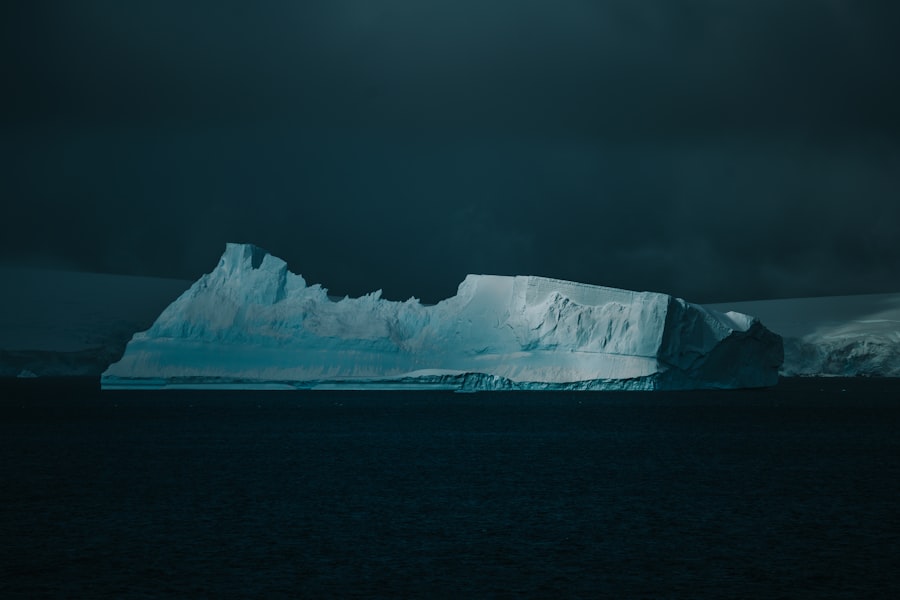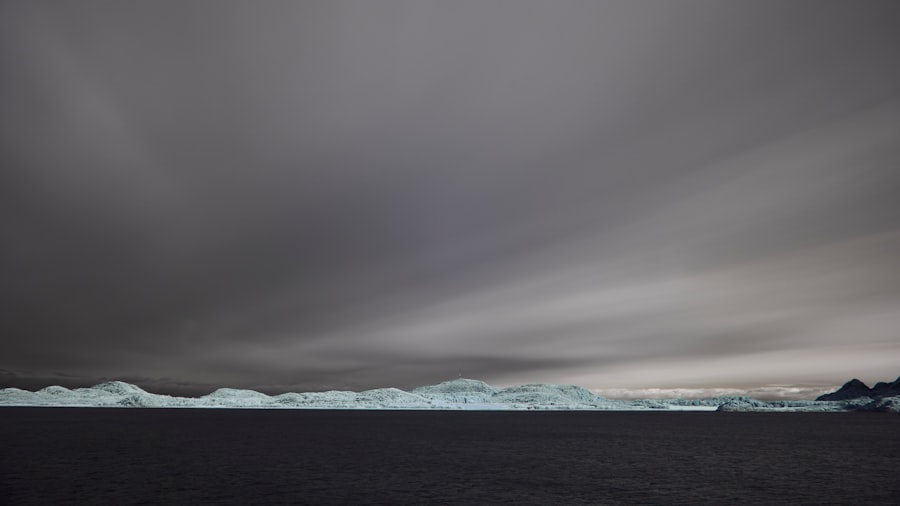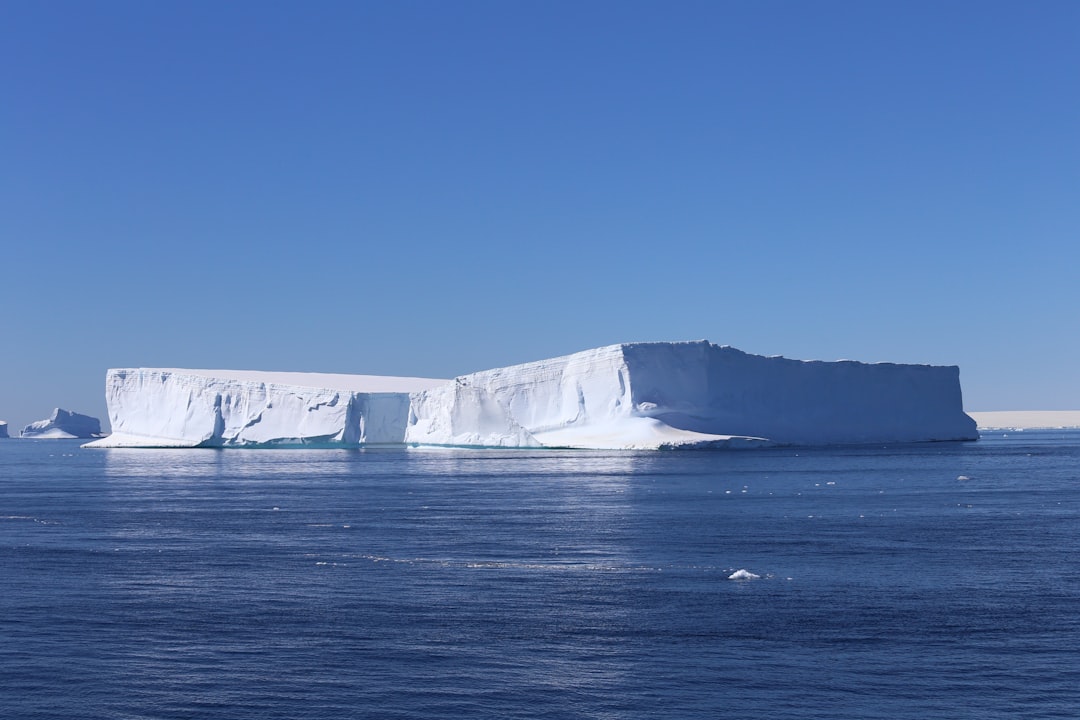The Drake Passage, a body of water that separates South America from Antarctica, has a rich and storied history that dates back centuries. Named after the English explorer Sir Francis Drake, who sailed through these waters in the late 16th century, the passage has long been a focal point for maritime exploration. Drake’s journey was not merely a quest for new lands; it was also an endeavor to find a faster route to the riches of the East.
His navigation through these treacherous waters marked one of the first significant European encounters with the Antarctic region, setting the stage for future explorations. In the centuries that followed, the Drake Passage became a critical route for explorers and whalers alike. The 19th century saw an influx of expeditions aimed at uncovering the mysteries of Antarctica, with many ships braving the perilous conditions of the passage.
Notable figures such as Ernest Shackleton and Robert Falcon Scott ventured through these waters, driven by the allure of discovery and scientific inquiry. Their journeys were fraught with danger, yet they contributed immensely to humanity’s understanding of the Antarctic continent and its surrounding seas. The passage thus evolved from a mere geographical feature into a symbol of human resilience and curiosity.
Key Takeaways
- The Drake Passage is named after Sir Francis Drake, the first Englishman to navigate it in 1578.
- The Drake Passage is a crucial route for Antarctic exploration, providing access to the continent from the southern tip of South America.
- The Drake Passage is characterized by strong winds, large waves, and converging currents due to its geographic location between South America and Antarctica.
- Navigating the Drake Passage poses challenges such as unpredictable weather, icebergs, and rough seas, making it one of the most treacherous sea routes in the world.
- The Drake Passage is home to diverse marine life, including whales, seals, and seabirds, making it a popular destination for wildlife enthusiasts and researchers.
The Importance of the Drake Passage in Antarctic Exploration
The significance of the Drake Passage in Antarctic exploration cannot be overstated. It serves as a gateway to one of the most remote and least understood regions on Earth. For explorers, scientists, and adventurers alike, traversing this passage has been essential for accessing the Antarctic continent and conducting research that has profound implications for our understanding of climate, biology, and geology.
The passage has facilitated numerous scientific expeditions that have yielded invaluable data about the unique ecosystems found in Antarctica. Moreover, the Drake Passage has played a pivotal role in shaping international cooperation in scientific research. As nations have recognized the importance of preserving and studying Antarctica, collaborative efforts have emerged to explore its vast resources and monitor its environmental changes.
The passage has thus become a conduit not only for exploration but also for diplomacy, as countries work together to address pressing global issues such as climate change and biodiversity loss. The historical significance of the Drake Passage continues to resonate today, as it remains a vital route for those seeking to unlock the secrets of this icy frontier.
Understanding the Geographic Features of the Drake Passage

Geographically, the Drake Passage is characterized by its unique topography and oceanographic features. Stretching approximately 800 kilometers (500 miles) between Cape Horn at the southern tip of South America and Antarctica, it is one of the narrowest points in the Southern Ocean. The passage is known for its deep waters, with depths reaching over 4,000 meters (13,000 feet) in some areas.
This depth contributes to its complex currents and turbulent seas, making navigation particularly challenging. The geographic features of the Drake Passage also include various islands and archipelagos that dot its waters. The Shetland Islands and South Georgia are among the most notable landforms within this region.
These islands serve as important waypoints for vessels navigating through the passage and are often visited by researchers and tourists alike. The interplay between these islands and the surrounding waters creates a dynamic environment that is both beautiful and treacherous, further emphasizing the need for careful navigation.
Navigational Challenges in the Drake Passage
| Challenge | Frequency | Impact |
|---|---|---|
| Icebergs | High | High |
| Strong Winds | High | Medium |
| Rogue Waves | Medium | High |
| Narrow Passages | Low | Medium |
Navigating the Drake Passage presents a myriad of challenges that can test even the most experienced mariners. The passage is notorious for its unpredictable weather patterns, which can change rapidly and without warning. Strong winds, heavy seas, and sudden storms are common occurrences that can create hazardous conditions for vessels attempting to traverse these waters.
Mariners must remain vigilant and adaptable, as even well-planned journeys can be disrupted by nature’s whims. In addition to weather-related challenges, the Drake Passage is also home to complex ocean currents that can significantly affect navigation. The confluence of warm and cold water currents creates turbulent conditions that can lead to rough seas and reduced visibility.
Navigators must possess a deep understanding of these currents to plot safe courses through the passage. Furthermore, icebergs and sea ice pose additional hazards during certain times of the year, requiring vessels to exercise caution and employ advanced navigational techniques to avoid collisions.
Wildlife and Marine Life in the Drake Passage
The Drake Passage is not only significant for its navigational challenges but also for its rich biodiversity.
From krill to whales, the passage supports a complex food web that is vital for maintaining ecological balance in the Southern Ocean.
Krill, in particular, serves as a keystone species in this ecosystem, providing sustenance for larger predators such as seals, penguins, and numerous species of whales. Birdlife is also abundant in the Drake Passage, with several species of seabirds calling these waters home. Albatrosses, petrels, and skuas are commonly sighted soaring above the waves or diving into the sea in search of food.
The presence of such diverse wildlife not only enhances the ecological significance of the passage but also attracts researchers and tourists eager to observe these magnificent creatures in their natural habitat. The interplay between marine life and the unique environmental conditions of the Drake Passage underscores its importance as a critical area for conservation efforts.
Weather and Climate Patterns in the Drake Passage

The weather and climate patterns in the Drake Passage are characterized by their volatility and extremes. Situated at a convergence point between different oceanic currents, this region experiences some of the most severe weather conditions on Earth. The passage is influenced by both polar air masses from Antarctica and warmer air from lower latitudes, resulting in frequent storms and rapidly changing weather conditions.
Mariners must be prepared for everything from calm seas to violent gales within a matter of hours. Seasonal variations also play a significant role in shaping the climate of the Drake Passage. During summer months, temperatures can rise slightly, leading to increased melting of sea ice and more stable weather patterns.
However, winter brings harsh conditions with frigid temperatures and heavy snowfall on nearby islands. These seasonal changes impact not only navigation but also marine life, as many species rely on specific temperature ranges for breeding and feeding. Understanding these climate patterns is essential for anyone planning to navigate or conduct research in this challenging environment.
Safety Precautions for Navigating the Drake Passage
Given its reputation for treacherous conditions, safety precautions are paramount when navigating the Drake Passage. Mariners must equip their vessels with advanced technology such as radar systems, GPS navigation tools, and weather forecasting equipment to enhance safety during their journey. Regular maintenance checks are crucial to ensure that all equipment is functioning optimally before setting sail into these unpredictable waters.
In addition to technological preparations, crew training plays a vital role in ensuring safety during navigation. Crew members should be well-versed in emergency protocols and familiar with potential hazards specific to the Drake Passage. Conducting drills for various emergency scenarios can help prepare crews for unexpected situations that may arise during their voyage.
Furthermore, maintaining open communication with other vessels in the area can provide valuable information about current conditions and potential dangers.
Tips for Planning a Journey through the Drake Passage
Planning a journey through the Drake Passage requires careful consideration and preparation. First and foremost, travelers should choose an experienced operator with a proven track record in navigating these challenging waters. Researching different expedition companies can help ensure that travelers select one that prioritizes safety while providing informative experiences about the region’s ecology and history.
Timing is another critical factor when planning a journey through the passage. The summer months from November to March are generally considered ideal for navigation due to milder weather conditions and increased wildlife activity. Travelers should also be prepared for potential delays or changes in itinerary due to weather-related challenges.
Flexibility is key when embarking on an adventure through this remarkable yet unpredictable region.
Notable Landmarks and Points of Interest along the Drake Passage
The Drake Passage is dotted with notable landmarks that offer glimpses into its rich history and natural beauty. One such landmark is Cape Horn, located at the southern tip of South America. This iconic point has long been revered by sailors as a significant navigational challenge due to its treacherous waters and unpredictable weather patterns.
The cape is steeped in maritime lore and serves as a reminder of humanity’s enduring spirit of exploration. Another point of interest is Deception Island, an active volcanic island located within the South Shetland Islands archipelago. This unique location features a caldera that provides sheltered anchorage for vessels navigating through the passage.
Deception Island is not only significant for its geological features but also serves as a historical site where early whalers established operations during the 19th century. Today, it attracts researchers and tourists alike who seek to explore its fascinating landscapes and learn about its rich history.
The Role of the Drake Passage in Climate Change Research
The Drake Passage plays a crucial role in climate change research due to its unique position within global ocean currents and ecosystems. As scientists study how climate change impacts polar regions, this passage serves as an important observation point for understanding broader environmental trends. Changes in sea temperature, salinity levels, and ice cover within these waters can provide valuable insights into how climate change affects marine ecosystems worldwide.
By monitoring changes in marine life populations and their responses to shifting environmental conditions, scientists can better predict future impacts on biodiversity and ecosystem health. The ongoing research efforts in this region underscore its significance as a natural laboratory for studying climate change’s far-reaching effects.
Future Challenges and Opportunities for Navigating the Drake Passage
As interest in exploring Antarctica continues to grow, future challenges related to navigating the Drake Passage are likely to emerge alongside new opportunities. Increased tourism poses potential risks to both marine ecosystems and navigational safety within these waters. Striking a balance between promoting exploration while ensuring environmental protection will be essential moving forward.
Additionally, advancements in technology may offer new solutions for safely navigating this challenging passage. Innovations such as autonomous vessels equipped with sophisticated navigation systems could enhance safety while reducing human error during voyages through treacherous waters. As researchers continue to study climate change impacts on marine ecosystems within this region, opportunities for collaboration between scientists, policymakers, and industry stakeholders will be vital in addressing emerging challenges while preserving one of Earth’s last great frontiers.
In conclusion, navigating through the Drake Passage presents both challenges and opportunities that reflect humanity’s enduring quest for exploration while highlighting our responsibility towards environmental stewardship in this remarkable region.
The Drake Passage, a significant body of water connecting the Atlantic and Pacific Oceans between the southern tip of South America and Antarctica, is a crucial area for understanding global ocean currents and climate patterns. For those interested in exploring more about the geographical and environmental significance of this region, a related article can be found on MyGeoQuest. This article delves into the unique challenges and scientific opportunities presented by the Drake Passage. To learn more, visit the article on MyGeoQuest.
WATCH NOW! Drake Passage: Earth’s Deadliest Waters Revealed
FAQs
What is the Drake Passage?
The Drake Passage is the body of water between the southern tip of South America and the northern tip of the Antarctic Peninsula. It is known for its rough seas and strong winds, making it one of the most challenging maritime routes in the world.
Why is the Drake Passage important?
The Drake Passage is important because it is the shortest and most direct route between South America and Antarctica. It is also a critical gateway for ocean currents and marine life between the Atlantic and Pacific Oceans.
What is the significance of the map of Drake Passage Antarctica?
The map of Drake Passage Antarctica provides valuable information about the geography, oceanography, and navigation of the area. It is used by scientists, researchers, and navigators to study and understand the unique characteristics of the passage.
What can be found on the map of Drake Passage Antarctica?
The map of Drake Passage Antarctica typically includes details such as bathymetry (underwater topography), ocean currents, sea ice extent, and important landmarks such as islands and research stations.
How is the map of Drake Passage Antarctica used?
The map of Drake Passage Antarctica is used for various purposes, including navigation, scientific research, environmental monitoring, and expedition planning. It helps to facilitate safe and efficient passage through the challenging waters of the Drake Passage.
